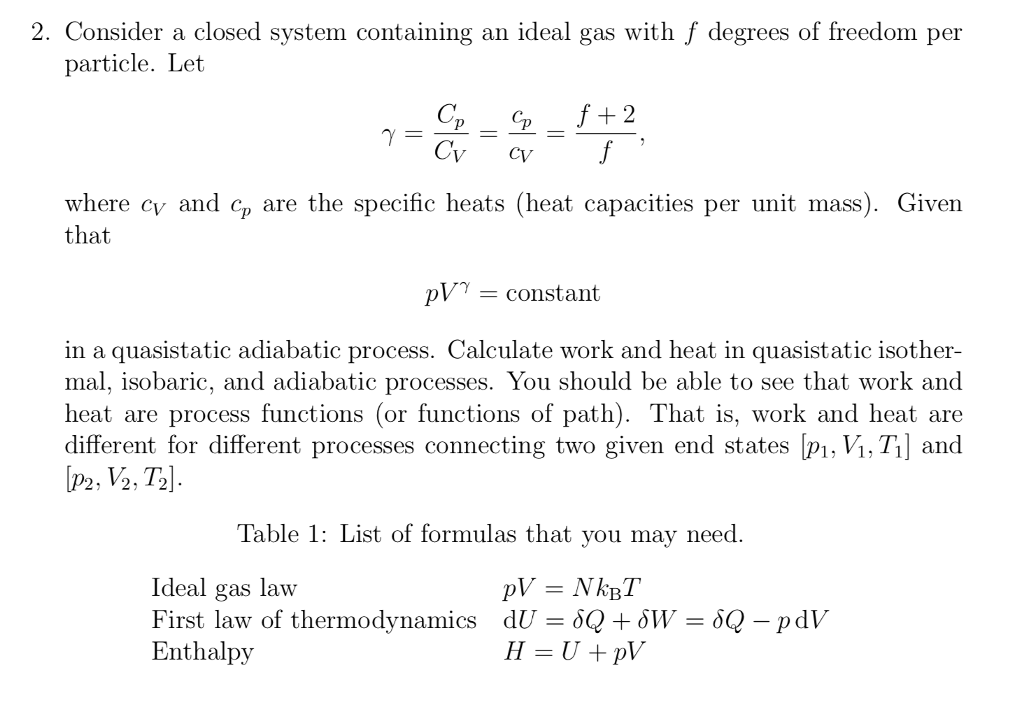
Since paired t- test is similar to one sample t-test, the degrees of freedom formula for it is (number of differences - 1), that is (n-1).įor a two sample t-test with pooled variance, the formula of degrees of freedom is based on the simple fact that since there are two samples with unequal sample sizes and the formulaĭ f = ( n 1 + n 2 − 2 ) df=\ (n_1+n_2-2) d f = ( n 1 + n 2 − 2 )įor a two sample t-test with unequal variances, the formula of degrees of freedom is totally different. ( n − 1 ) (n-1) ( n − 1 )for a paired t test as well. The degree of freedom formula of the t-tests is as follows:įor one sample t-tests, the formula of degrees of freedom (df) is simply sample size -1.That is Two sample t-test (assuming unequal variance)

Use buttons to select the unit on which to do mass balances (distillation column, condenser, or reboiler) or to do a balance on the overall system. Based on the type of test, different formulae for degrees of In this Demonstration, a degree-of-freedom analysis is performed on a distillation process to determine whether the system has sufficient information to solve for the unknown variables. with mean or other parameter specified, or not), degrees of freedom is the minimal. For the calculation of the p value or the t critical value, one needs to find the degree of freedom for the given set of data. Degrees of Freedom: For a set of data points in a given situation (e.g. Is calculated, either th t critical value is noted from the t table or the p-value for the t statistics is noted from the t table to draw the final conclusion. The degree of freedom depends on these sample sizes.ĭuring the process of hypothesis testing, the t-statistic value is calculated. In different scenarios, different tests are used. There is also a paired t-test where again the same size is considered as n. There is the option of a two sample t-test where there are two samples with sizes n1 and n2. One is a sample mean test where there is only one sample with size n. So, the number of decisions or selections that can be done freely are called degrees of freedom.įor a t-statistic, there are several different types of tests. This decides the extent of freedom provided.

Similar concepts are the equivalent degrees of freedom in non-parametric regression, the degree of freedom of signal in atmospheric studies, and the non-integer degree of freedom in geodesy. Y., 1978, Experimental Methods for Biomechanical Measurements of Joint Kinematics, CRC Handbook of Engineering in Medicine and Biology, pp. The more general formulation of effective degree of freedom would result in a more realistic estimate for, e.g., the error variance 2.
Degrees of freedome free#
Thus, one is free to select only first n-1 values. Knee, Degrees of freedom, Reliability, Rotation 1. The last value being the only option left out does not get to vary. In true terms, out of the n values, only n-1 of them can be varied. In various scientific fields, the word freedom. T-statistic all have values dependent on the sample size (n). Degrees of freedom refers to the number of independent variables or parameters of a thermodynamic system. In inferential statistics, most of the statistic values used like F-statistic, Chi-square and


 0 kommentar(er)
0 kommentar(er)
